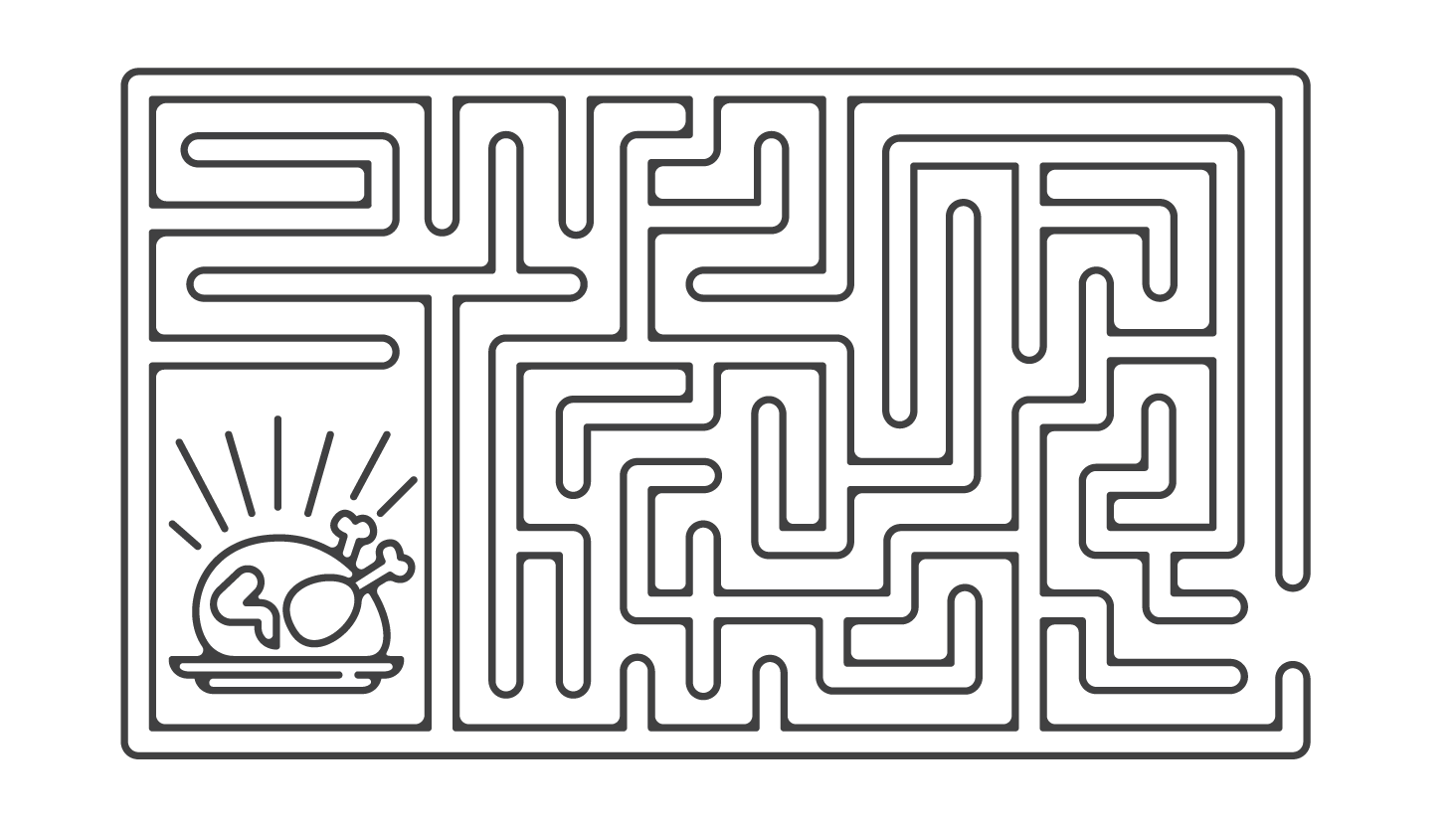Costco loses an estimated $30-50 million per year because they keep the price of their rotisserie chicken at $4.99. This price has not changed since they first introduced the offering in 1994. Why would a business decide to do this? Why would a business choose to lose money year after year? What seems crazy is actually a tactical, strategic approach to their brand.
Tactically, this is what is called a “loss leader” in sales. It’s an offering a business puts out there to lure customers in so they will purchase other items that are profitable while they are shopping. This tactic is applied online businesses and in storefronts by many different brands. It is commonly referred to as a “pricing strategy”, however I don’t find it more than a tactic because it would be unsustainable if there isn’t a complimentary strategy to sell more expensive items. Just by having a loss leader doesn’t mean you’ll magically sell others products or services effectively. Costco strategically places the chickens in the back of the store so you have to walk all the way through its stores, which increases the probability of another product catching your eye.
As common as loss leaders may be in markets, I truly think Costco is using this tactic very successfully to deploy a much larger brand strategy. Costco is also similarly known for their famous $1.50 hotdog/soda combo. Costco hasn’t raised the price of this deal since its introduction in 1984 (one year after Costco first opened). The Costco CEO once said “By the way, if you raised (the price) to $1.75, it would not be that big of a deal. People would still buy (it). But it’s the mindset that when you think of Costco, you think of the $1.50 hot dog (and soda).”
He is thinking more than a loss leader. He is thinking brand.
This successful strategy has worked for Costco and helped them become a beloved brand. Costco’s perception of great, quality deals has been strategically constructed throughout the years from $1.50 hotdogs to “treasure hunts” within the store — after they have tactically rearranged products in order to surprise and delight shoppers as they shop and discover great deals.

The brilliant strategy of this is that all of these tactics reinforce the entire business model of Costco — membership. As a member-focused brand, Costco’s main concern is how their members see Costco. This “brand” of Costco is from the members’ perspective and these members have come to love this business because of the quality and deals. Costco has strategically aligned all aspects of their business to resonate with this perception. From their Kirkland Brand private white label to the brands they choose sell, their return policy, the perks of membership, and their vow to never charge more than a premium of 15% on products — all of these collectively fortify the brand of Costco.
Where do the cheap chickens and hot dogs fit in? Well, these also add to the brand by reassuring members of the “deals” that Costco gives them. The fact that Costco has not raised these prices for decades and are losing money on them are signals to the members that Costco is committed to satisfying their members and giving them the best deals. It’s a sign of their vow to their audience. The brand has “skin in the game” because they actually lose money in efforts to show their appreciation and the value of their relationship with the member.
The $1.50 hotdog and $4.99 chicken are tokens of their vow and give a nice perk to members to add a smile and help them feel like they are winning. Costco members will happily drop $1,000 on their shopping trip if they still get their hotdog at the end as a reward. Costco’s investment in this brand strategy has raised their average receipt total of members to 3X that of other options in the market.

